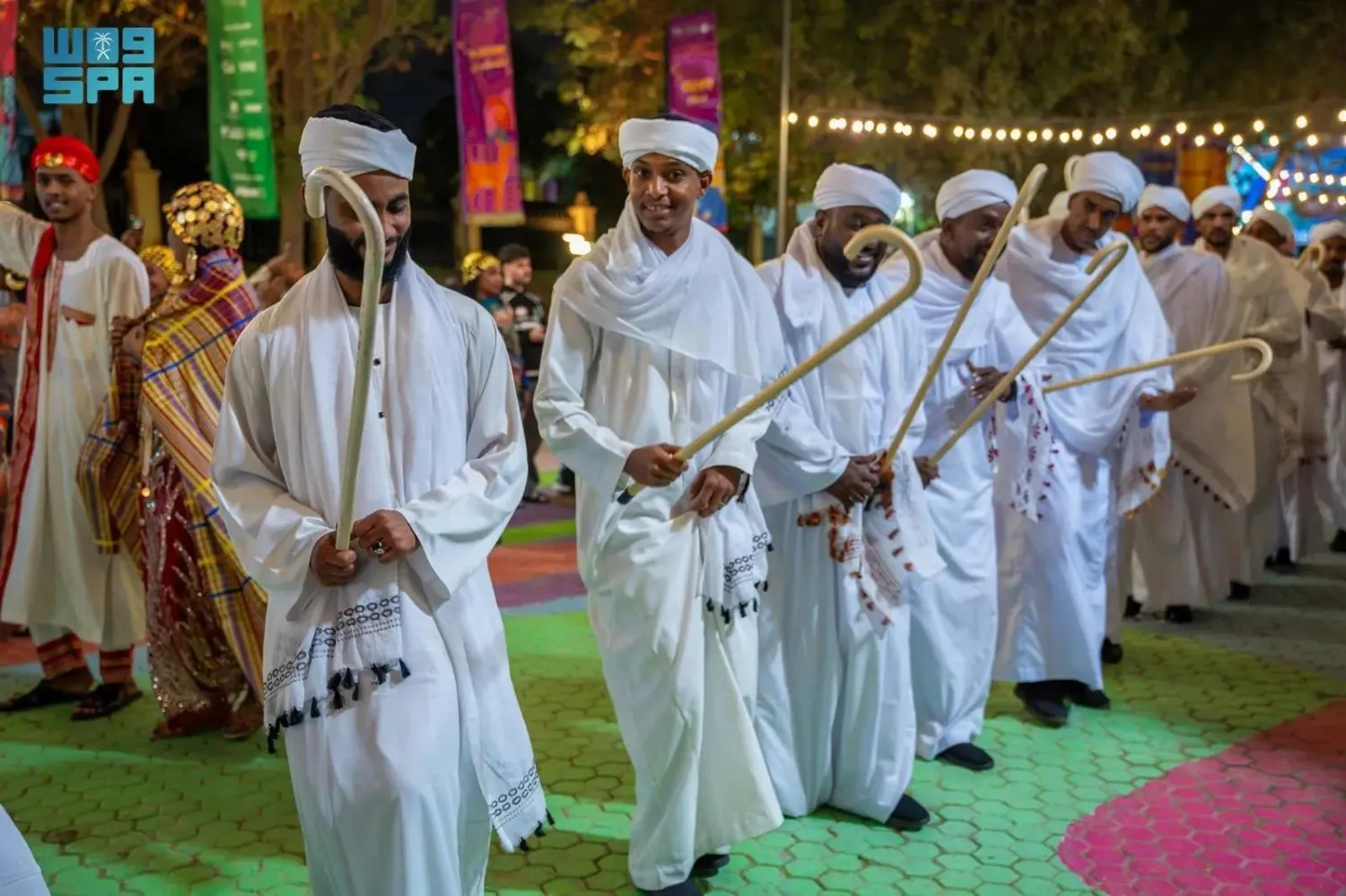The heirs of the former Prussian monarchy and Germany's state-run cultural foundations on Friday announced a deal that will allow thousands of the family's treasures and artefacts to remain on public display.
The agreement ends a century-old dispute between the state and the Hohenzollern family, descendants of the last German emperor and king of Prussia, Kaiser Wilhelm II, who abdicated after World War I.
"After 100 years, we have amicably resolved a dispute dating back to the transition from the monarchy to the republic," said Culture Minister Wolfram Weimer, hailing the "historic success".
The collection reportedly covers 27,000 objects including paintings, sculptures, coins, books and furniture.
"Countless works of art that are of great importance to the history of Brandenburg, Prussia, and thus Germany will now be permanently accessible to the public and continue to form the centerpieces of our museums and palaces," said Weimer.
Prince Georg Friedrich of Prussia said in a statement that "it has always been my goal to permanently preserve our shared cultural heritage for art-loving citizens and to make it publicly accessible".
"The solution now found provides an excellent basis for a new partnership between the state cultural foundations and my family."
Under the agreement, previously disputed objects will be transferred to a non-profit Hohenzollern Art Heritage Foundation, with two thirds of the board made up of public sector representatives, and one third by the aristocratic family.
The ancient House of Hohenzollern ruled the German Empire from its establishment in 1871 until Wilhelm II was forced to abdicate in 1918, going into exile after Germany's defeat in World War I.
The Prussian royals were initially to be stripped of their properties, but a deal was later worked out under a 1926 law.
The imperial family received millions of Deutschmarks and kept dozens of castles, villas and other properties, mainly in and around Berlin but also as far away as today's Namibia.
However, after Nazi Germany's World War II defeat, Soviet occupation of eastern Germany and communist rule led to additional expropriations.
The riches lost behind the Iron Curtain only came back into reach for the Hohenzollern family with the 1989 fall of the Berlin Wall.
Under a 1994 law, people whose property was expropriated by the Soviets have a right to claim compensation, but only if they did not "lend considerable support" to the Nazi regime.
The family fought for years to recover the treasures but dropped the bid in 2023 when a family representative acknowledged that Kaiser Wilhelm II "sympathized with the Nazis at times".
The deal announced on Friday was sealed after the German Historical Museum Foundation gave its approval, following the Prussian Cultural Heritage Foundation and the Prussian Castles and Gardens Foundation in Berlin-Brandenburg.









